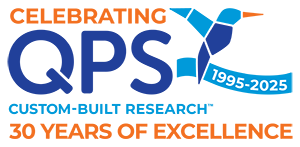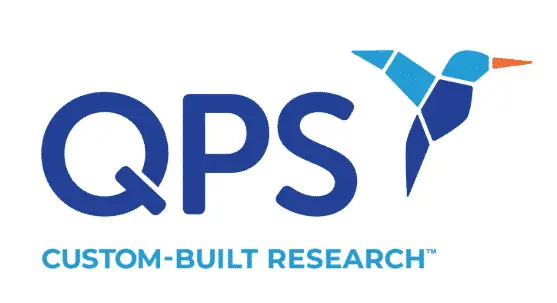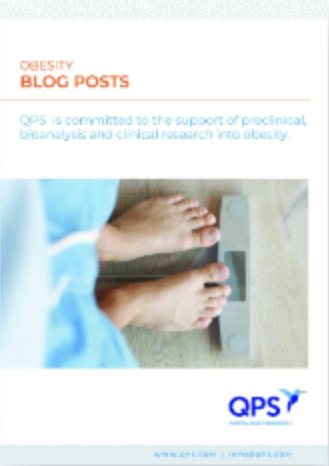As scientists, doctors and researchers race to develop vaccines and therapeutics for SARS-CoV-2, several drugs have emerged as promising candidates. Oligonucleotide therapeutics are one such type of drug, according to Zamas Lam, Senior Vice President of Preclinical Development at QPS, and John Kolman, Vice President of Translational Medicine at QPS.

Oligonucleotides, also known as oligos, are modified short single- or double-stranded DNA or RNA sequences. Oligos are typically composed of 15 to 30 nucleotides, which can interact with RNA, DNA or proteins to silence gene expression. These types of therapeutics have been researched and developed for thirty years but have experienced setbacks that have hindered their progress.
The first oligo drug, Vitravene (fomivirsen), was introduced in 1998. Since then, nine other oligo drugs have been brought to market. Oligos have been widely accepted by the scientific and medical communities as the third major drug platform after small molecules and biologics, and include several classes:
- Antisense oligonucleotides (ASOs)
- Aptamers
- Small interfering RNAs (siRNAs)
- MicroRNAs (miRNAs)
- Deoxyribozymes (DNAzymes)
- Short DNA/RNA heteroduplex oligonucleotides (HDOs)
The Oligonucleotide Antiviral Advantage
Oligo drugs are already being developed as antivirals, which provides a head start in translating them into potential treatments for the novel coronavirus. For example, companies such as Vir, Janssen, Ionis, Dicerna and Arbutus are developing ASO and siRNA antivirals for hepatitis B (HBV). The variety of cellular and immune responses with immediate and long-term effects that HBV triggers in the body is similar to the “cytokine storm” observed in COVID-19 patients.
Several HBV oligo drugs are being tested, and an important part of that testing is dose response — the bioanalysis of drug exposure relating to its biological reactivity. These tests include toxicology studies and establishing drug metabolism and pharmacokinetics (DMPK) profiles for each experimental medicine. Oligos have been substantially modified over the years, creating intergenerational differences that include their synthesis, DMPK, safety, chemistry, size, and pharmacology. These diverse modifications, combined with oligos’ inability to be classified as a small molecule or a large biologic, present significant drug bioanalysis challenges.
Novel Solutions for a Next-Gen Drug Modality
Due to the complexity of oligos, contract research organizations (CROs) such as QPS and advanced analytical instrument manufacturers such as SCIEX have had to develop better methods and tools for analyzing them. Multiple platforms are used to analyze oligo drugs, and there is limited shared experience in how to best analyze different classes. In QPS’s experience, different bioanalysis platforms are needed for different types of oligos, based on their size, chemistry and complexity.
Additionally, there are stability concerns with oligos, which makes it critical to understand their potential chemical degradants and biological metabolites. It is important to use a platform with capabilities for high analytical resolution, since these oligo metabolites can be generated by the deamination of nucleic acids.
These are a few of the methodologies suitable for oligo bioanalysis:
- Hybridization enzyme-linked immunosorbent assay (hELISA)
- Liquid chromatography-UV (LC-UV)
- Hybridization-based LC-fluorescence (hLC-FLD)
- High-resolution mass spectrometry (HRMS)
After experimenting with multiple methodologies, QPS decided to use high-resolution mass spectrometry (HRMS) using a SCIEX quadrupole time-of-flight (QTOF) 6600 instrument. Although the research team primarily analyzed the siRNAs using HRMS, they recognize the strengths and weaknesses of different platforms and used other methods as needed. Various platforms were used in the analysis of small oligos such as ASOs, miRNAs and aptamers; the same platforms were used for PEGylated oligos, and qPCR assays were used for larger oligos.
Primed for Fast-Track Development
Oligos can be developed more quickly and less expensively than small molecule and biologic drugs. “Another advantage of oligo drugs, especially in response to pandemic infectious diseases, are that they may now be quicker and cheaper to develop and more easily adapted for personalized medicine than small molecule and biologic drugs,” say Lamas and Kolman. Additionally, oligo drugs can be altered through their base nucleic acid sequence to hit different disease targets without impacting their biological mechanism of action.
Whereas biologics require living organisms for their production, which can be challenging to control, oligo drugs are precisely synthesized in a relatively straightforward and easily controlled manner. Because oligos work on the molecular level and the viral DNA or RNA can be fully sequenced quickly, viruses can be precision targeted — and that sequence monitored for any mutations.
All of these factors result in oligos’ emergence as the next modality in antivirals. This class of drugs is well suited to provide antiviral medicines in response to outbreaks. Oligo drugs for COVID-19 may be developed even faster than small molecule drugs or biologics. Alnylam and Vir already have a lead candidate called VIR-2703 (or ALN-COV), and Arrowhead Pharmaceuticals is developing one called ARO-COV; both act through RNAi. As of this writing, there are more than 300 antiviral candidates and more than 200 vaccine candidates in development for COVID-19. With clinical trials for COVID-19 treatments — such as the multinational Solidarity Trial — underway, hopes are cautiously high for a therapeutic or vaccine solution in the near future.
Since 1995, QPS has provided discovery, preclinical, and clinical drug development services. QPS has CLIA-certified and GLP-compliant laboratories ready to fast track your novel coronavirus and COVID-19 RT-qPCR/QPCR and Serological Assays and vaccine development programs. An award-winning leader focused on bioanalytics and clinical trials, QPS is known for proven quality standards, technical expertise, a flexible approach to research, client satisfaction and turnkey laboratories and facilities. For more information, visit www.qps.com or email info@qps.com.







